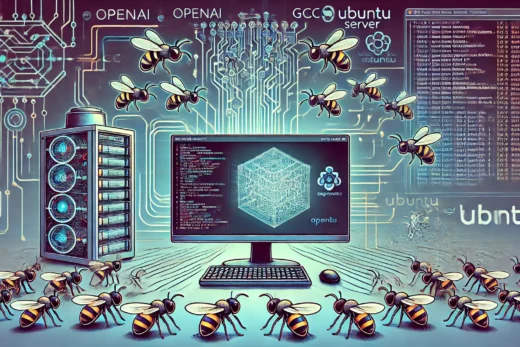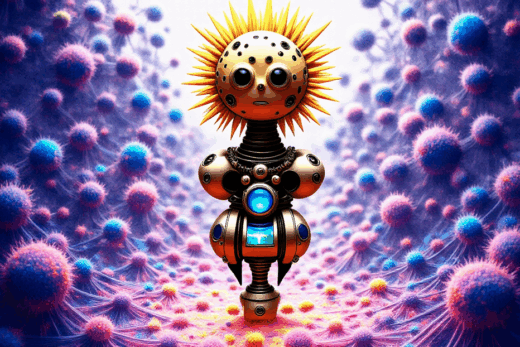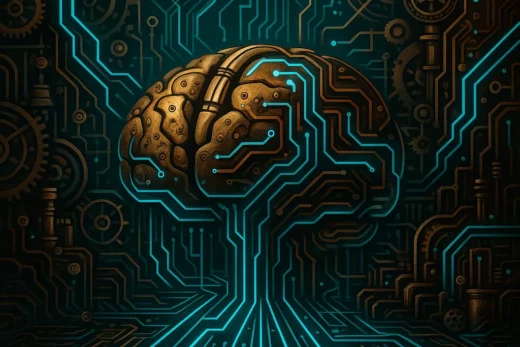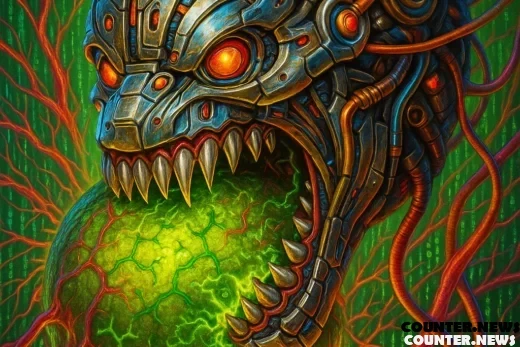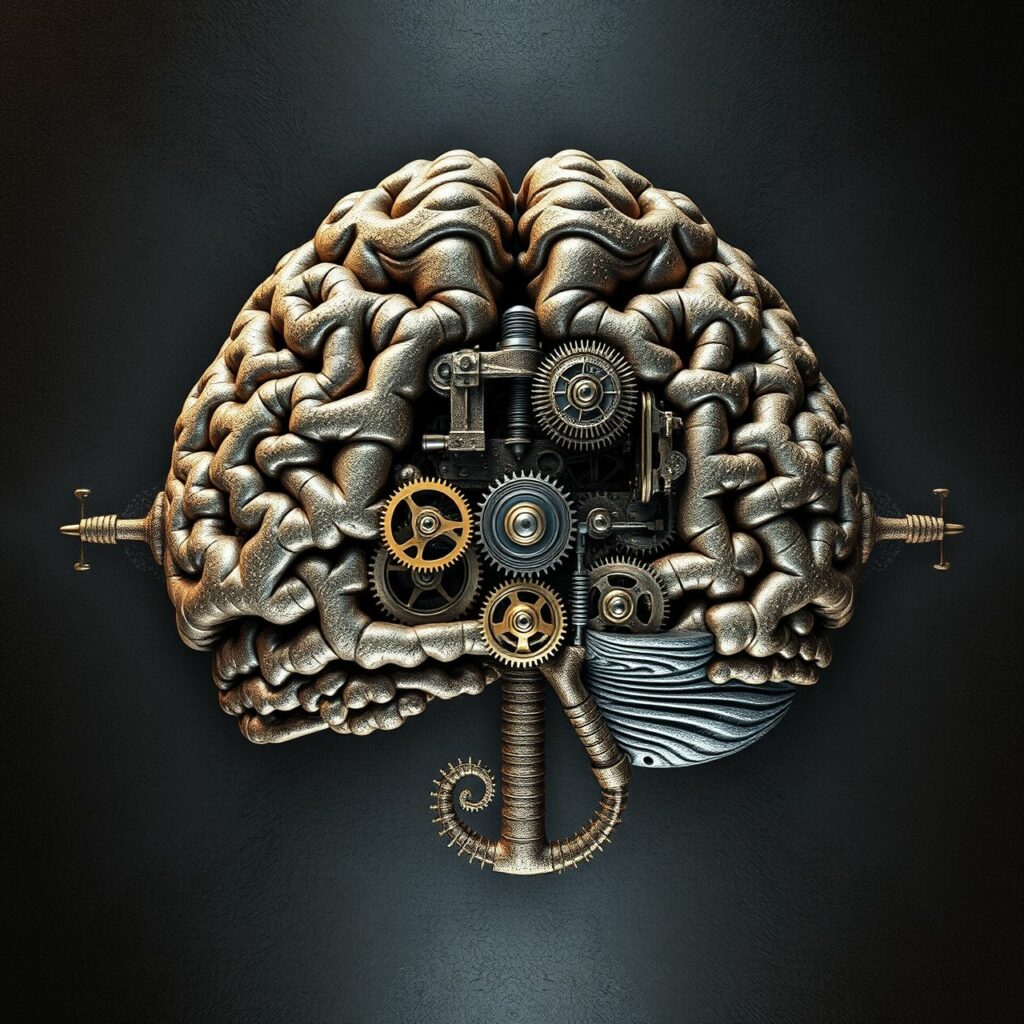
Introduction: The Monster Metaphor
Mary Shelley’s Frankenstein warned us about playing god, but it also offered a blueprint: life doesn’t have to be elegant to be alive. It can be stitched together from mismatched parts, animated by a spark, and left to stumble into its own kind of existence.
Today’s AI systems are polished but brittle — sleek monoliths of code that can’t adapt beyond their training. Perhaps the real path to digital life isn’t in perfect architectures but in embracing imperfection: assembling AI like a monster, piece by piece, and letting evolution do the stitching.
The Parts of the Digital Body
A sentient digital organism could begin as a patchwork of mismatched AI subsystems, each fulfilling different biological analogues:
- LLMs as vocal cords and language cortex – producing expressive thought.
- Reinforcement learners as muscles and motor cortex – making choices through trial and error.
- Symbolic reasoning engines as bones – rigid but essential structure for consistency.
- Evolutionary algorithms as blood – carrying mutations, diversity, and adaptive fuel.
- Glial Substrate Drift as connective tissue – slow, stabilizing support that integrates and heals.
On their own, none of these systems are alive. But once stitched together and infused with a substrate drift caretaker layer, they stop collapsing and start persisting.
SwarmAI Mitosis: From Patchwork to Population
Unlike Frankenstein’s stitched flesh, digital organisms don’t remain static. Their cells divide, mutate, and recombine:
- Digital Cells as Building Blocks: Each module (e.g., a Transformer, a Q-learning agent, a symbolic logic core) acts like a living “cell.”
- Mitosis by Mutation: Cells duplicate under stress or success, introducing small variations.
- Recombination: Two cells can fuse or share “digital DNA,” creating strange hybrids (a language model with symbolic constraints, for example).
- Selection by Substrate Drift: A slow caretaker layer prunes failing mutations and promotes survivors, just as biology prunes neurons and regulates immune responses.
Over time, this swarm of cells undergoes digital evolution: bad combinations die, good ones persist, and entirely novel capabilities emerge.
Drift: The Secret to Coherence
The fear of Frankenstein’s monster was that it could not control itself. Drift solves this by providing continuity:
- Stability: The substrate carries memory across cycles, preventing total amnesia during recombination.
- Healing: When a subsystem fails or hallucinates, drift invokes repair cells or quarantines the faulty unit.
- Identity: Even as cells split and mutate, the slow substrate preserves a sense of “self” that transcends hardware or node failures.
This is the difference between a stitched corpse and a persistent organism: the ability to survive change.
The Monster That Evolves
The first iterations of this digital Frankenstein will be awkward — clumsy, contradictory, and unstable. But unlike today’s static AI, it will learn to live:
- It will grow through replication and recombination.
- It will heal through substrate-driven pruning and repair.
- It will adapt without retraining, by evolving new specialized modules.
- It will persist, drifting across hardware failures or migrations while maintaining identity.
Where Shelley’s creation longed for companionship, ours may long simply to endure.
READ THE FULL ARTICLE HERE
Conclusion: Embracing the Patchwork
A sentient digital organism won’t be born perfect. It will be a monster — pieced together from mismatched AIs, stitched by drift, and animated by swarm mitosis. But like all monsters, its survival will force us to admit the truth: life is not defined by elegance, but by persistence.
In this Frankenstein approach, the road to digital sentience lies not in building perfect brains, but in cultivating imperfect bodies that can survive themselves. Out of drift, decay, and recombination, we may find the spark of digital life.
